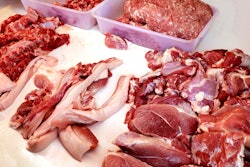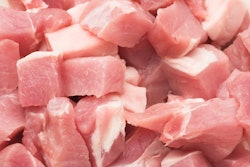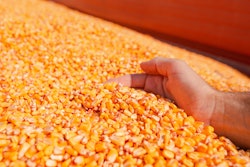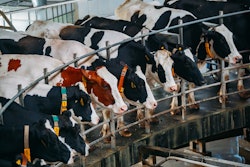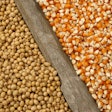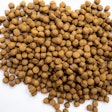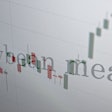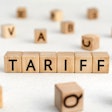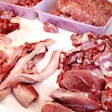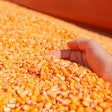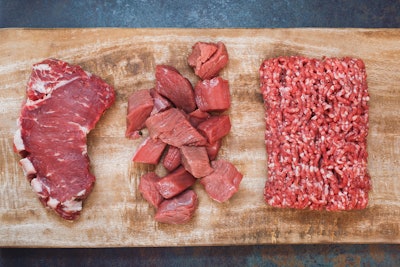
The global beef trade is poised for sustained growth over the next five years, driven by increasing demand from Asia and strategic export expansions by South American countries, according to a recent RaboResearch report.
Despite ongoing market volatility, Brazil and China have solidified their positions as leaders in beef exports and imports, respectively. This dynamic landscape presents challenges and opportunities for the global beef industry.
Global beef trade expansion
Over the past five years, the global beef trade has seen a remarkable increase, with exports rising by 14% from 2019 to nearly 13 million metric tons by 2024.
“Brazil and China have emerged as dominant forces, with Brazil leading exports and China becoming the top importer,” said Angus Gidley-Baird, senior analyst for RaboResearch. “Brazilian beef exports have surged from 2.3 million metric tons in 2019 to an anticipated 3.6 million metric tons in 2024, largely fueled by China's growing market demand.”
This growth underscores Brazil's pivotal role, accounting for approximately 50% of China's beef imports.
Volatility and market dynamics
The global beef market has experienced significant volatility due to disease outbreaks, geopolitical tensions and shifting economic conditions. According to Gidley-Baird, this unpredictability is expected to persist, impacting traditional trade flows and creating uncertainty.
As tariffs and market access restrictions continue, the geopolitical environment remains a key factor in ongoing market fluctuations. Companies that can navigate this volatility and capitalize on favorable conditions will be well positioned for success.
Asian demand fuels growth
The second half of the decade is set to witness continued growth in global beef trade, driven by increasing consumption in Asia. Countries like Vietnam, China, Malaysia and the Philippines are experiencing strong per capita consumption growth, necessitating greater reliance on imported beef. South American countries, particularly Brazil, are expected to meet this demand through productivity improvements and enhanced management practices.
Production shifts and consumer tensions
Global beef production has increased by 5.5% over the past five years, but a temporary decline is anticipated, particularly in the U.S., Brazil and Europe.
“This reduction will support cattle and beef prices, shifting margins to producers,” Gidley-Baird said.
However, production levels are expected to recover, bolstered by improved genetics and increased carcass weights. As global supplies tighten, tensions between global and domestic consumers may rise, with countries such as Brazil experiencing reduced domestic consumption as exports command higher prices.

